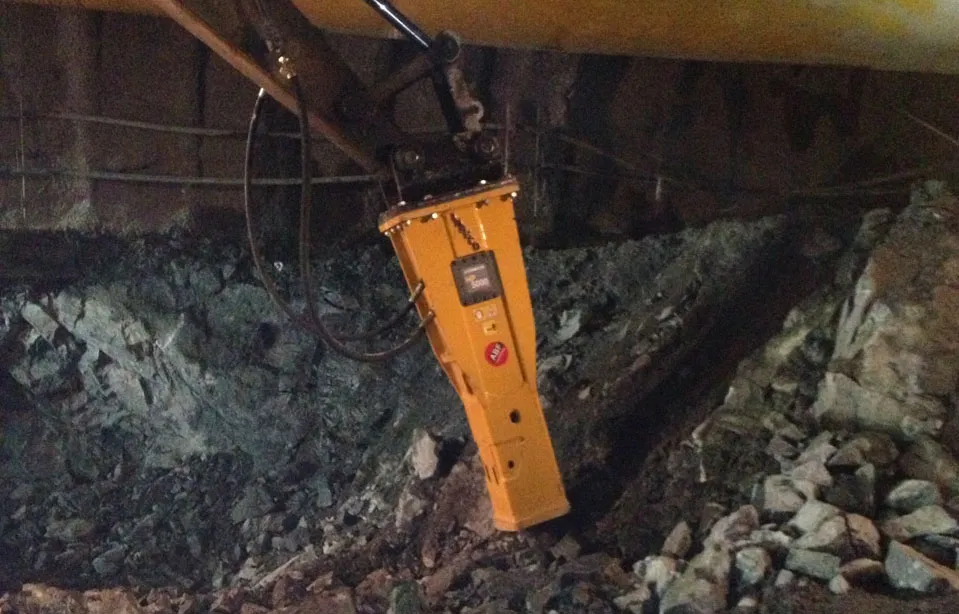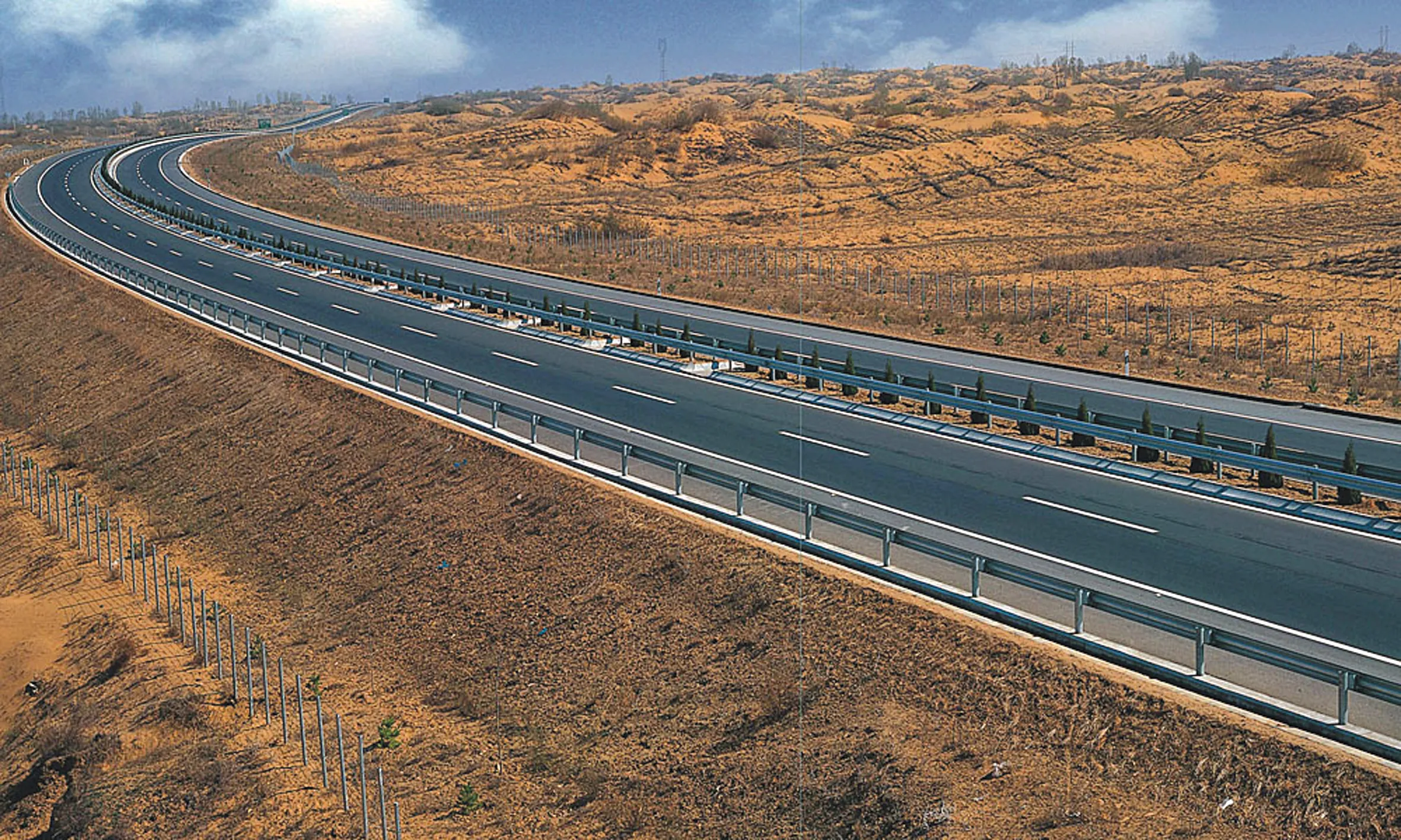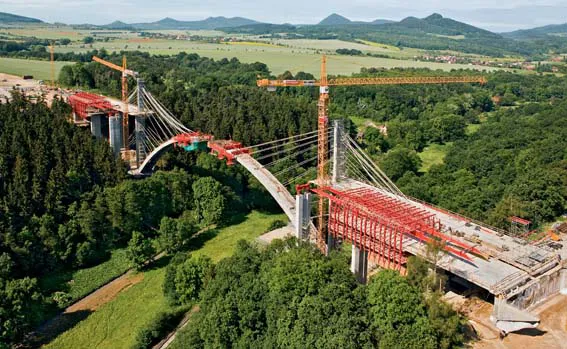Congestion is particularly bad on the road from the city centre to Juan Álvarez international airport. Jams are frequent on the section of road between Acapulco Bay and the Diamante and Puerto Marques suburbs, which currently means climbing La Escénica. To tackle the problem the city authorities decided to build the new tunnel and bypass the traffic jams. The route of the 3.2km tunnel runs under the Cumbres de Llano Largo mountain. The contract for excavating the two tunnels was awarded to the Aca-Túnel con
July 18, 2017
Read time: 3 mins

RSSTwo specially configured hydraulic breakers from Indeco are being used in the project to construct Mexico’s longest tunnel. The HP 3000 ABF units are being used at the Aca-Túnel jobsite in Acapulco to help build the new tunnel, which is intended to reduce congestion in one of Mexico’s most popular tourist destinations
Congestion is particularly bad on the road from the city centre to Juan Álvarez international airport. Jams are frequent on the section of road between Acapulco Bay and the Diamante and Puerto Marques suburbs, which currently means climbing La Escénica. To tackle the problem the city authorities decided to build the new tunnel and bypass the traffic jams. The route of the 3.2km tunnel runs under the Cumbres de Llano Largo mountain.
The contract for excavating the two tunnels was awarded to the Aca-Túnel consortium, which comprises the privately held firms2765 ICA and CARSO, two of Mexico’s key contractors.
Maquinter, Indeco’s distributor in Mexico, sells and rents out construction machinery equipment in various different states in the country. The consortium, Aca-Túnel, sent the distributor a provisioning request for Indeco hydraulic breakers. Indeco units had recently been used successfully by ICA in Oaxaca State on a road-building project, which strongly influenced the decision to opt for breakers from the same supplier. The two HP 3000 ABFs (HP 5000s in the US), have been mounted on178 Caterpillar 320 excavators.
“Tunnelling is a particularly tough application for hydraulic hammers, due to the special conditions they are required to work under,” explained Indeco’s marketing manager Michele Vitulano. In tunnelling jobs there is more dust around the breaker than for quarrying work, due to the enclosed nature of the operating area. To prevent the risk of extra wear, additional water damping and tool greasing technology is often used in tunnelling jobs. Working temperatures can also be higher in tunnelling as there is less airflow, so hydraulics need extra cooling. And as breakers often have to be operated horizontally or even pointing upwards in tunnelling work, further measures are needed to provide protection for the internal working components.
However, as hydraulic breakers have been used successfully in Italian tunnelling projects for many years, Indeco has plenty of experience in configuring its units for use in this type of application
Congestion is particularly bad on the road from the city centre to Juan Álvarez international airport. Jams are frequent on the section of road between Acapulco Bay and the Diamante and Puerto Marques suburbs, which currently means climbing La Escénica. To tackle the problem the city authorities decided to build the new tunnel and bypass the traffic jams. The route of the 3.2km tunnel runs under the Cumbres de Llano Largo mountain.
The contract for excavating the two tunnels was awarded to the Aca-Túnel consortium, which comprises the privately held firms
Maquinter, Indeco’s distributor in Mexico, sells and rents out construction machinery equipment in various different states in the country. The consortium, Aca-Túnel, sent the distributor a provisioning request for Indeco hydraulic breakers. Indeco units had recently been used successfully by ICA in Oaxaca State on a road-building project, which strongly influenced the decision to opt for breakers from the same supplier. The two HP 3000 ABFs (HP 5000s in the US), have been mounted on
“Tunnelling is a particularly tough application for hydraulic hammers, due to the special conditions they are required to work under,” explained Indeco’s marketing manager Michele Vitulano. In tunnelling jobs there is more dust around the breaker than for quarrying work, due to the enclosed nature of the operating area. To prevent the risk of extra wear, additional water damping and tool greasing technology is often used in tunnelling jobs. Working temperatures can also be higher in tunnelling as there is less airflow, so hydraulics need extra cooling. And as breakers often have to be operated horizontally or even pointing upwards in tunnelling work, further measures are needed to provide protection for the internal working components.
However, as hydraulic breakers have been used successfully in Italian tunnelling projects for many years, Indeco has plenty of experience in configuring its units for use in this type of application








